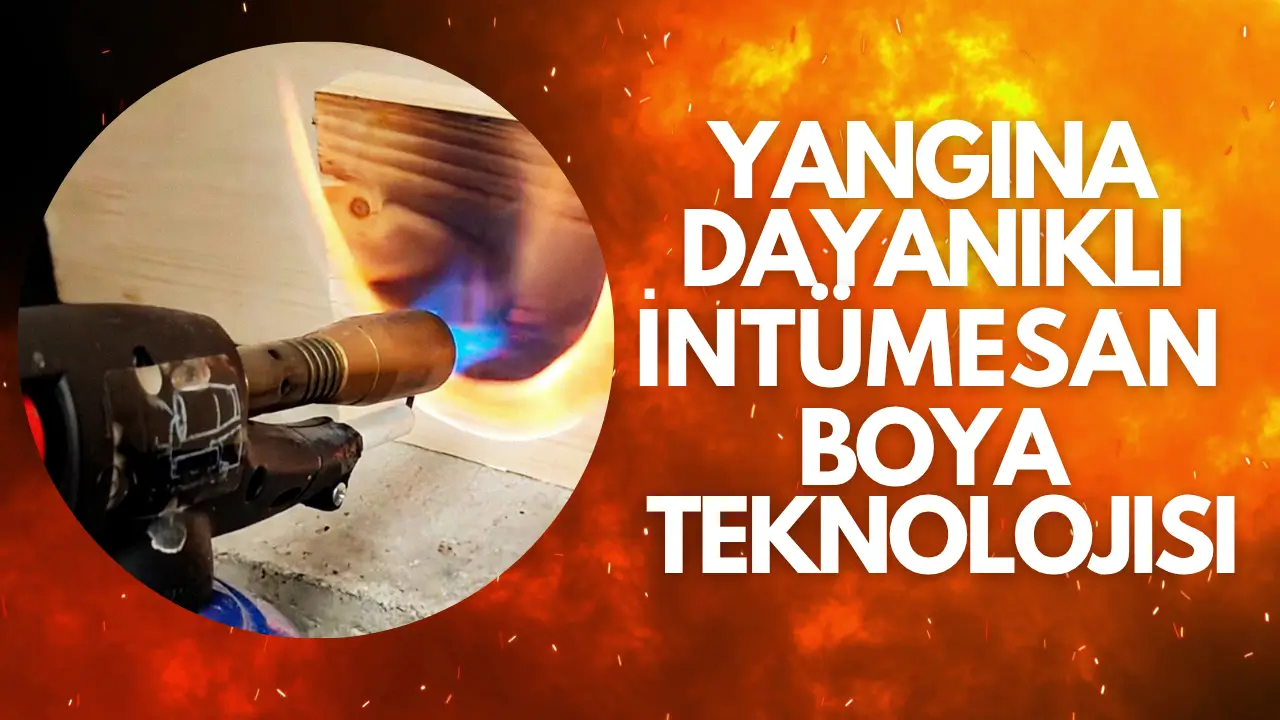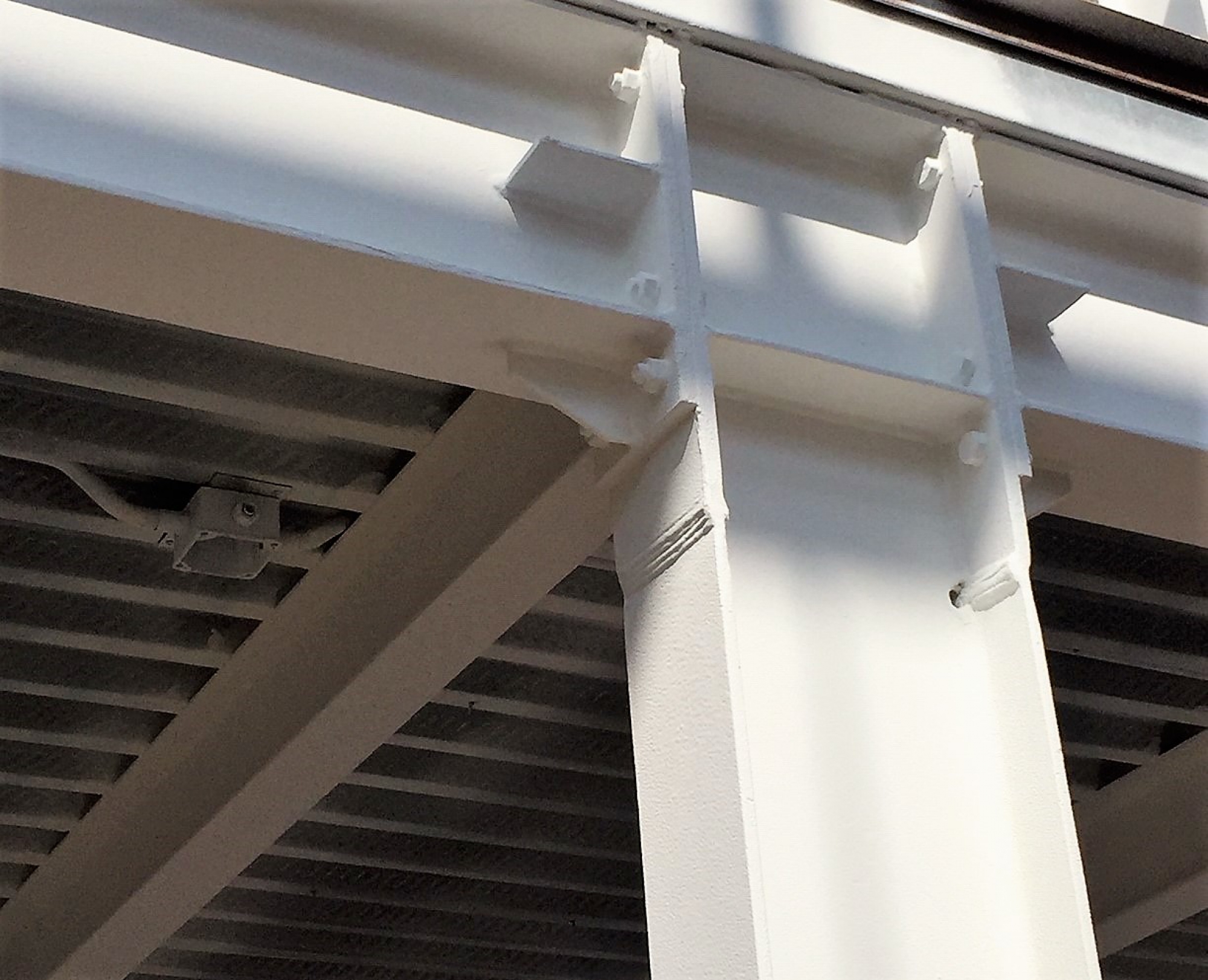
In today’s construction industry, structural safety extends far beyond aesthetics and comfort. It encompasses resilience against disasters such as fire, which can cause devastating damage in a very short time. For this reason, the fire resistance of building materials is of paramount importance. Among modern fire protection solutions, intumescent coating technology plays a vital role by shielding structural elements and significantly slowing down the spread of fire—ultimately helping to protect lives and property.
What Is Intumescent Paint?
Intumescent paint is a specialized fire-resistant coating that reacts to high heat by expanding and forming a thick, insulating carbonaceous char layer. This foam-like barrier insulates the substrate from extreme temperatures, delaying the progression of fire and maintaining the structural integrity of the building. Widely used on steel, wood, and concrete surfaces, intumescent coatings are crucial in safeguarding load-bearing components during a fire event.
Thanks to their dual functionality—offering both fire protection and a visually pleasing finish—these coatings are increasingly used not only in industrial settings but also in residential and commercial buildings. In addition to complying with fire safety codes, intumescent coatings minimize the impact of potential fire incidents, offering added peace of mind.

How Does Intumescent Paint Work?
Under normal conditions, intumescent paint appears like any standard decorative coating. However, when exposed to temperatures of approximately 200–250°C (392–482°F), the paint undergoes a chemical transformation, expanding up to 50 times its original thickness to form an insulating char layer.
This expanded layer acts as a thermal barrier, preventing heat from reaching the substrate. On steel structures, it helps delay deformation; on wood, it slows down ignition. By providing crucial minutes for evacuation and fire response, intumescent paint serves as a passive but critical line of defense in fire safety strategies.
Key Benefits of Fire-Retardant Paint
Intumescent coatings offer practical, efficient, and visually discreet fire protection. Their ability to blend seamlessly with architectural aesthetics makes them a preferred choice for a wide range of applications.
Core benefits include:
- Delays fire spread: Effectively slows down heat transfer, providing critical time for evacuation and firefighting.
- Easy application: Can be applied using brush, roller, or airless spray equipment with consistent, high-quality results.
- Preserves appearance: Maintains the original look of the surface without altering its texture or color.
- Versatile use: Suitable for steel, wood, concrete, and other common structural materials.
- Boosts structural resilience: Protects substrates from sudden thermal damage, preserving building stability during fire exposure.
Where Is Intumescent Paint Used?
Thanks to their reliable performance at high temperatures, intumescent coatings are widely implemented across sectors aiming to meet fire codes and reduce risk. They offer a practical and aesthetic solution for both new builds and renovations.
Common application areas include:
- Public buildings: Schools, hospitals, and government offices where fire-retardant coatings are mandated by law.
- Industrial facilities: Warehouses, factories, and production areas where safeguarding materials and personnel is critical.
- Residential projects: Increasingly used in multi-unit housing, especially where steel framing or exposed wooden elements are present.
How to Apply Intumescent Paint Using an Airless Spray Machine
Airless spray application is ideal for achieving a smooth, uniform coating and is particularly effective for thicker materials like intumescent paints. This method improves speed and coverage, ensuring robust and long-lasting fire protection.
Step-by-step guide for airless application:
- Surface preparation: Ensure all surfaces are clean, dry, and free from rust, oil, or contaminants. Proper surface prep directly affects adhesion and performance.
- Equipment selection: Choose a high-pressure airless spray system capable of handling high-viscosity coatings.
- Layering technique: Apply the paint in multiple thin, even coats instead of one thick layer. This ensures optimal expansion and uniform char formation in case of fire.
- Drying intervals: Allow each coat to fully dry before applying the next. Rushing this process can compromise fire resistance performance.
- Final inspection: After application, inspect for pinholes, uneven coverage, or other defects. Touch up as needed to ensure a seamless protective layer.
By following these steps, intumescent paint can be applied with maximum efficiency, delivering reliable fire resistance for years to come.
Protect What Matters Most with Dryfix
To elevate your building’s fire safety, choose Dryfix’s trusted range of fire-resistant coatings—including our high-performance Fire-Retardant Paints, Flame-Proof Solutions, and Fire-Protective Varnishes. Engineered for both safety and aesthetics, our solutions are ideal for professionals who value quality, compliance, and peace of mind.
